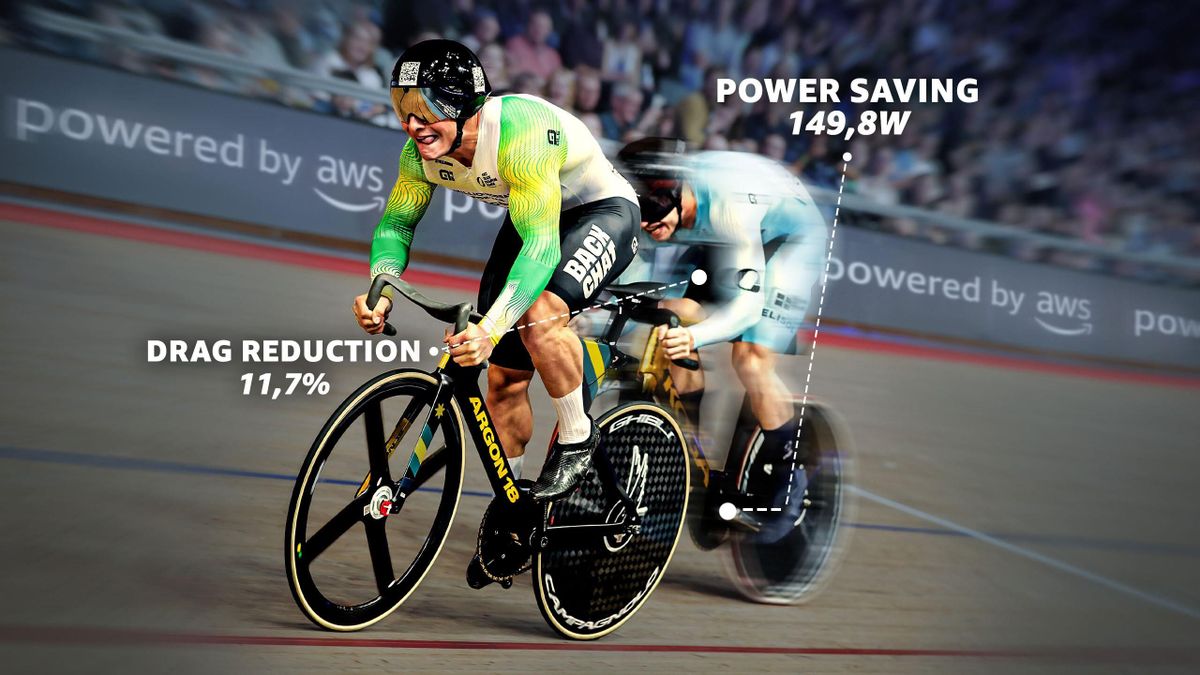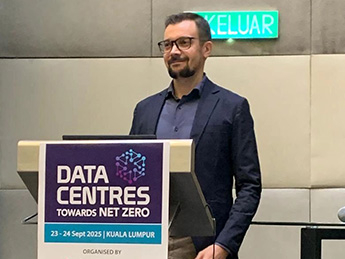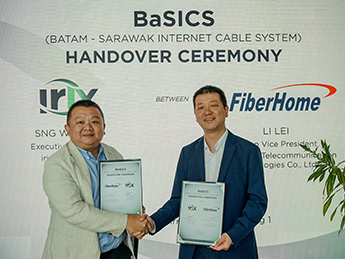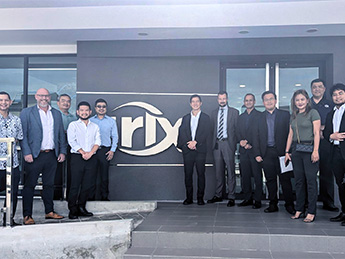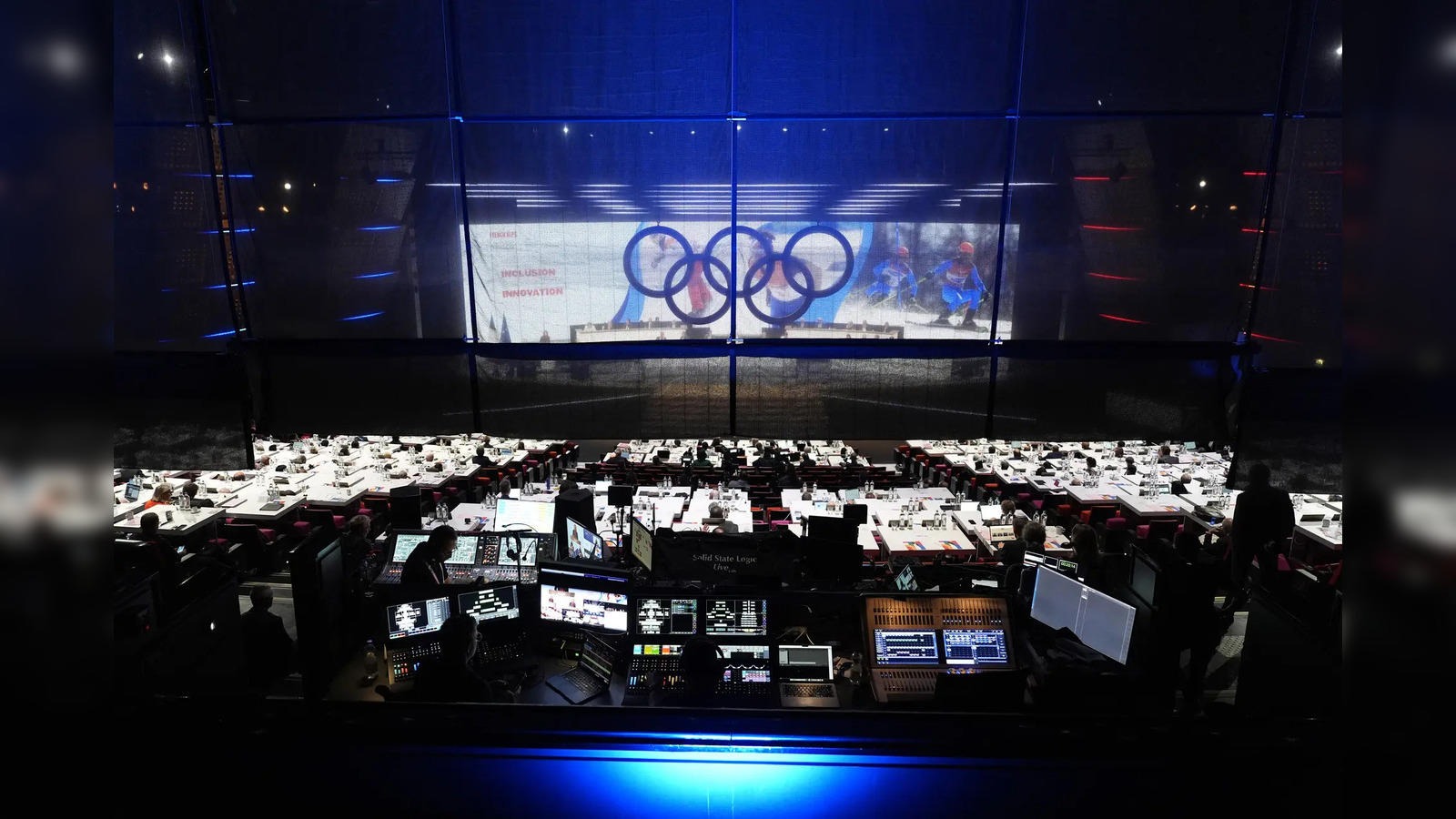
The Paris Olympics 2024 is currently a hot topic, and did you know that the opening ceremony of Sukan Malaysia, also known as SUKMA 2024 (which will be held in Sarawak), will be taking place a few days after the closing ceremony of the Paris Olympics? The world of sport has been revolutionised by advancements in connectivity, the internet, and data centres. These technologies have become integral to the organisation, broadcasting, and overall experience of modern sporting events. From enhancing live broadcasts and enabling real-time data analysis to improving fan engagement and ensuring the seamless operation of events, connectivity and data infrastructure play a crucial role. This article explores how these technologies are shaping the future of sport, with a focus on their impact on broadcasting, event management, and fan interaction.
1. Enhancing Live Broadcasts

High-speed internet and 5G connectivity have significantly improved the quality of live streaming, ensuring that fans can watch events in real time without interruptions. The 5G technology used in the 2020 Tokyo Olympics allowed for unprecedented streaming quality and reliability, setting a new standard for live sports broadcasting. Furthermore, real-time data transmission enables broadcasters to provide instant replays and highlights, enhancing the viewing experience. AI-powered systems can quickly identify key moments and generate highlight reels, making the broadcasts more engaging and informative.
Viewers can also access live statistics and analytics during broadcasts, offering deeper insights into the performance of athletes and teams. This data is transmitted in real time from the venue to the broadcasters, ensuring that fans are kept up-to-date with the latest developments and performance metrics. This level of detailed, real-time information enriches the viewing experience and allows fans to engage more deeply with the events they are watching.
2. Cloud Computing and Smart Venue

Modern sporting events generate vast amounts of data, which is stored and processed in data centres. These facilities provide the computing power needed for real-time data analysis and broadcasting, ensuring that the immense volume of data can be efficiently managed and utilised. Cloud computing offers scalability and reliability, ensuring that the infrastructure can handle peak loads during major events. This was demonstrated during the 2018 FIFA World Cup, where cloud services were used to manage large-scale data processing.
Internet of Things (IoT) devices connected via high-speed internet are used in smart venues to monitor and manage various aspects of the event, such as crowd control, security, and facility management. The Mercedes-Benz Stadium in Atlanta is an example of a smart venue using IoT technology to enhance operational efficiency. Connectivity and data centres enable the seamless operation of event logistics, from ticketing and access control to lighting and audio-visual systems, ensuring that everything runs smoothly and efficiently.
3.Enhancing Fan Engagement

Fans can use second screen applications on their smartphones and tablets to access complementary content, such as live statistics, interactive polls, and social media feeds. The NBA has effectively used second screen apps to enhance fan engagement, providing fans with additional layers of information and interaction during live games. High-speed internet also enables real-time interaction between fans, athletes, and teams on social media platforms. Fans can share their experiences, participate in discussions, and connect with others globally, creating a more interactive and communal viewing experience.
Connectivity allows fans to create and share their content, such as live reactions and commentary, further enriching the event experience. This fan-generated content adds a new dimension to how events are experienced and shared, making the sporting event more engaging and personal for each viewer.
4. Enhancing Athlete Performance
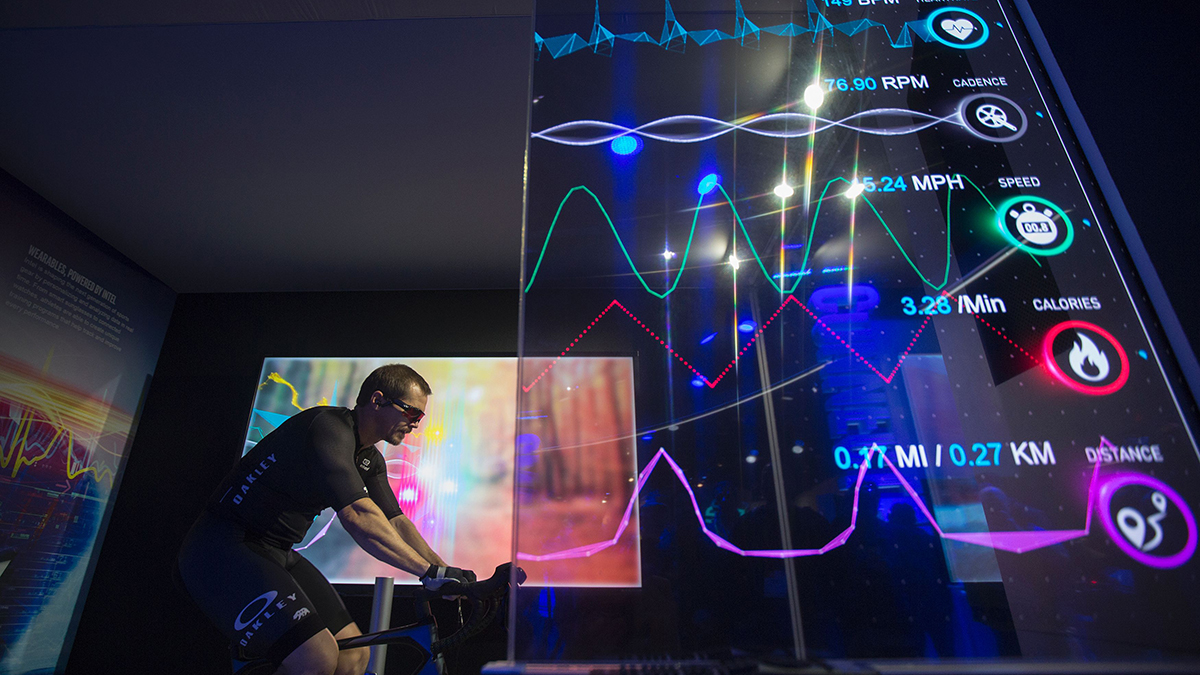
Wearable devices connected to the internet allow for real-time monitoring of athletes' biometrics, such as heart rate, speed, and fatigue levels. This data can be analysed to optimise performance and prevent injuries, providing coaches and trainers with crucial insights into the physical condition of their athletes. The data collected from wearables can also be analysed in data centres to create personalised training programmes that enhance performance and reduce the risk of injury. This data-driven approach to training and performance monitoring is transforming how athletes prepare for and compete in sporting events.
Conclusion
